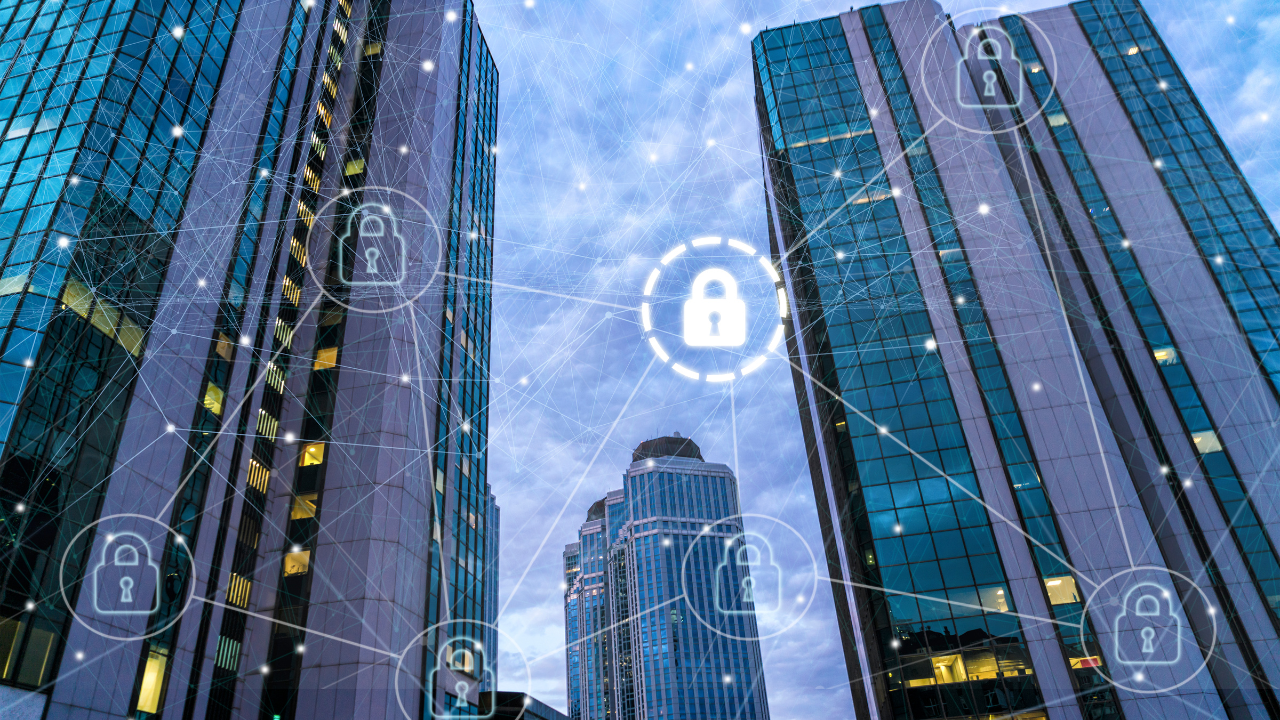- Cybersecurity
Cybersecurity: Eights Way to Protect Your Small Business

Jon Erdmann
Chief Information Technology Officer

Whether you're a new small business or have been in operating for years, you should have procedures in places for cybersecurity. Here are our eight tips to good cybersecurity.
1. Employee Security Policies
Create basic security practices and policies for employees, such as requiring strong passwords, using password managers, multi-factor authentication, and establishing appropriate Internet usage guidelines and protocol.
2. Software Updates
Having the latest security software, web browser, and operating system are the best defenses against viruses, malware, and other online threats. Use an antivirus software to run a scan after each update.
3. Firewall Security
A firewall is a set of related programs that prevent outsiders from accessing data on a private network. Make sure the operating system's firewall is enabled. If employees work from home, ensure that their home system(s) are protected by a firewall.
4. Mobile Devices
Mobile devices can create significant security and management challenges, especially if they hold confidential information or can access the corporate network. Require users to password-protect their devices, encrypt their data, and install security apps to prevent criminals from stealing information while the phone is on public networks. Be sure to set reporting procedures for lost or stolen equipment.
5. Backup Copies
Regularly backup the data on all computers. Critical data includes word processing documents, electronic spreadsheets, databases, financial files, human resources files, and accounts receivable/payable files. Backup data automatically if possible, or at least weekly, and store the copies either offsite or in the cloud.
6. Control Physical Access
Prevent access or use of business computers by unauthorized individuals. Laptops can be particularly easy targets for theft or can be lost, so lock them up when unattended. Make sure a separate user account is created for each employee and require strong passwords. Administrative privileges should only be given to trusted IT staff and key personnel.
7. Secure Your Wi-fi Networks
If you have a Wi-Fi network for your workplace, make sure it is secure, encrypted, and hidden. To hide your Wi-Fi network, set up your wireless access point or router, so it does not broadcast the network name, known as the Service Set Identifier (SSID). Don't forget to password protect acess to the router.iduals. Laptops can be particularly easy targets for theft or can be lost, so lock them up when unattended. Make sure a separate user account is created for each employee and require strong passwords. Administrative privileges should only be given to trusted IT staff and key personnel.
8. Limit Employee Access to the Necessities
Do not provide any one employee with access to all data systems. Employees should only be given access to the specific data systems that they need for their jobs, and should not be able to install any software without permission.
Information from FTC website: https://www.fcc.gov/communications-business-opportunities/cybersecurity-small-businesses